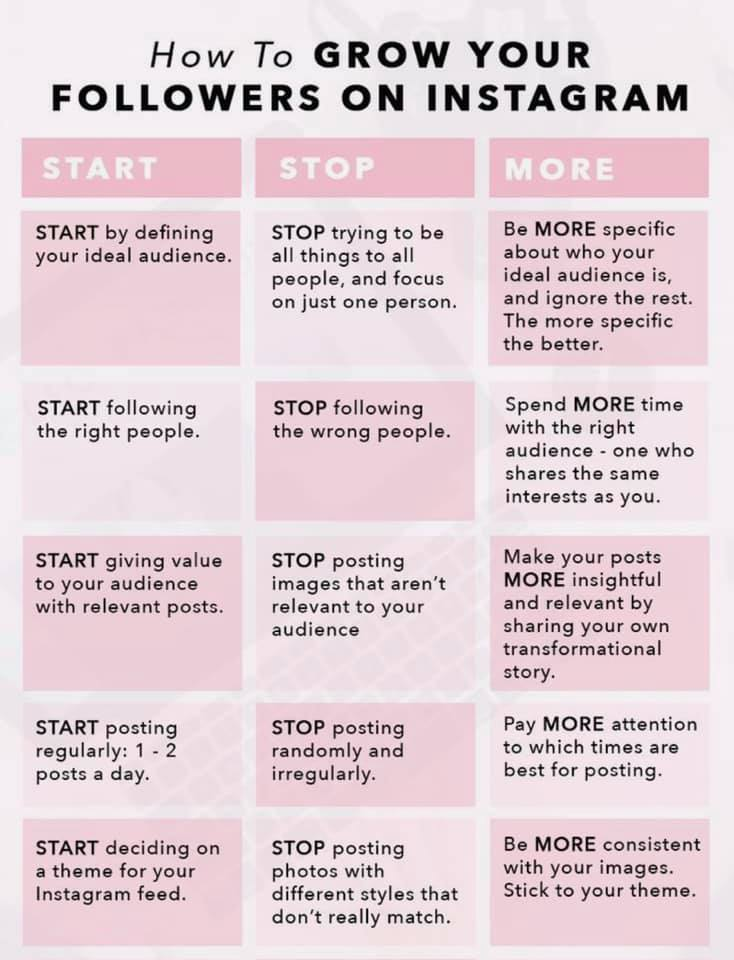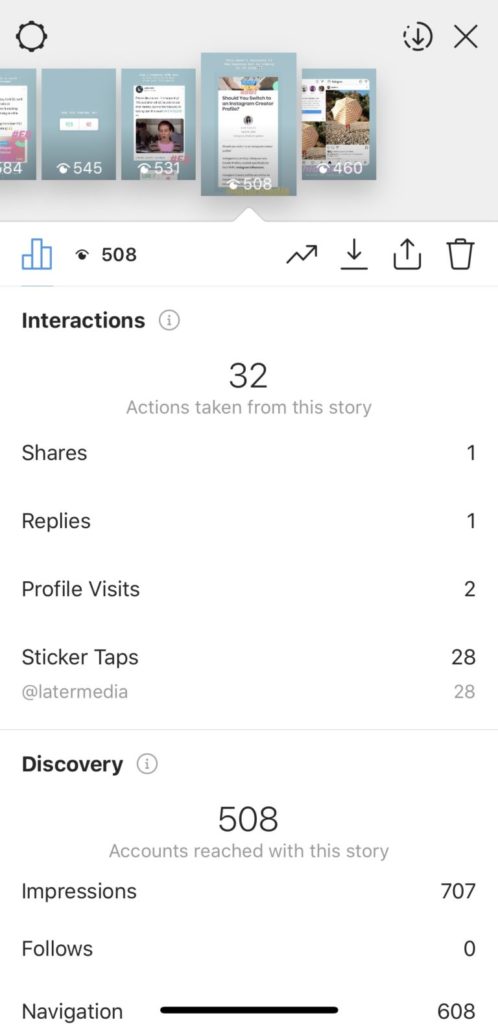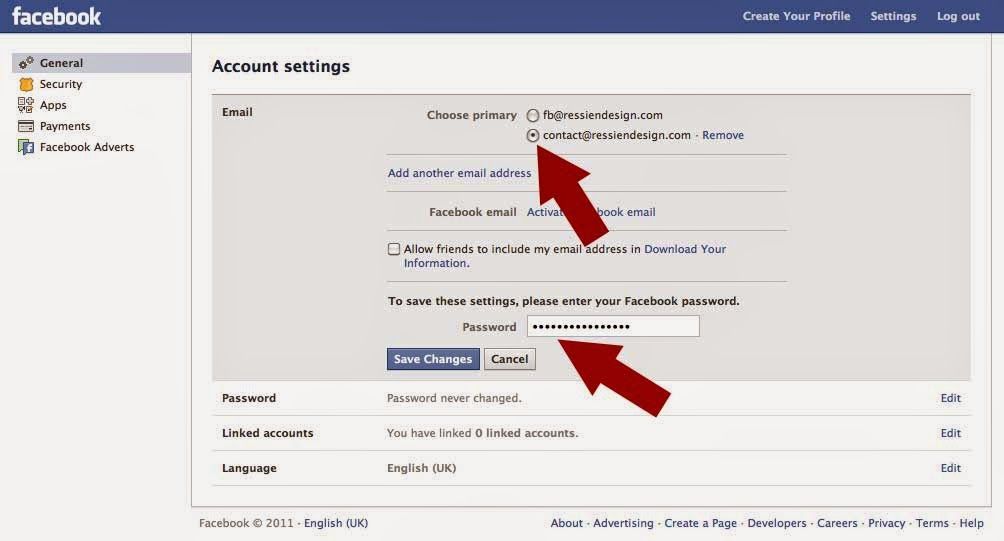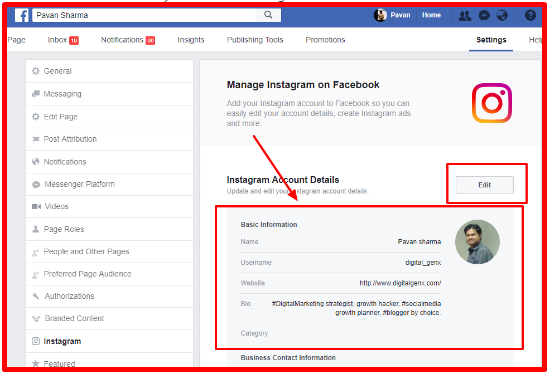How to grow your dogs instagram
How to Grow Your Pet's Instagram Followers & Engagement in 2021
I hope everyone is having an absolutely wonderful start to the new year! We are settling in with everybody happy and healthy and feeling in a giving mood as we embark on a killer 2021.
Reflecting back on the last 3 years and where I am today with my blog, I wanted to offer a little help to all the aspiring dog bloggers.
I get asked a lot, “how do (did) you grow your Instagram account and blog?”
Well, when I started 2 years ago, Instagram was a lot different. It was much easier to get exposure and grow your following, and in turn, grow your blog traffic. No doubt there has been a lot of changes, making it harder for smaller aspiring dog bloggers to get seen.
So I wanted to give back to you what you have all given to me to help you grow your accounts and make an impact this year. What follows are a few actionable steps and best practices to grow your account and blog traffic in 2021.
Community & Content = Growth
Unfortunately, You can’t just post ANYTHING anymore and expect to see engagement. Every post and caption and action needs to be calculated and done with a purpose and intention. There’s billions of people on instagram and they’re getting more choosey of who they follow by the day. They need to be given a reason to follow you.
Of course, if you have a cute pup that you’re obsessed with and don’t care about getting followers or getting seen, that is 100% ok. But if you are trying to get your cute pup seen and hopefully monetize the account in the future, then there’s a few things you can do to help get on the right track.
Like I said, give your followers a reason to come back to you everyday and give new people a reason to follow you.
The first step is to find a community and join the conversation. If you have a specific breed, count on there being a community and few large niche pages centered on sharing images and videos based on that breed. Start interacting with the followers of those accounts. It’s much easier to get interaction from accounts with 100-2000 followers than 50,000 followers.
Go to one of the images and go into the LIKES and start interacting and engaging with those people.
Follow them, drop a comment, drop a few likes. Let them know you’re watching and liking what they’re doing. These days a few likes and a follow go a long way. As in every social media platform, you need to give to receive. Be present in the conversation. Authentically engage. Reply to questions they pose in captions. You know, be social!
Now for your content. Content is still king.
You’re no stranger to what good content looks like. You see it all day every day. Why? Because instagram rewards accounts with good content.
If you don’t know how the instagram algorithm works, here’s a breakdown.
Instagram wants people to spend as long as possible on the platform so they’re only going to show the content that is considered good because if people see bad content, they’ll most likely exit the app and that’s not good for ad revenue for Facebook (and that’s all they care about).
Better content + more time spent on platform = more $$$ for Facebook.
Good content gets good engagement. So let’s say you post on your feed. Instagram shows your image to a small percentage of your current followers. If that content demonstrates that it’s getting good engagement (likes, swipes, saves, comments, shares), it’s going to start showing it to more of your audience and therefore will increase your reach. If it’s not getting good engagement from the beginning, it’ll more likely get buried and not be seen.
So that is why it’s so important to have great image and video content. Your iPhone takes amazing quality images so it’s not your hardware. It’s the thought behind the shot, the lighting, etc. You need to be able to tell a story with your image and have an image that you can support with your caption so it works. Nobody wants to dark shaky videos or grainy underexposed images.
When you’re taking an image or video, you have to ask yourself, “Does this bring me or someone value? Would I Like, Share, or Save this?” If you can’t answer that, it’s probably not worth the post.
Lead with value above everything else. You want someone to come to your profile and think, “hmm, I like what I saw, I got some value from this post and I’m on board with their message and vibe. Follow!”
But please remember it doesn’t have to be perfect!! Perfection is the enemy of progress. Instagram also rewards accounts that post frequently. So it’s best to find a happy medium.
5 MUST-HAVE TOOLS FOR TAKING THE PERFECT PET SELFIE!
Example – get a dog selfie stick and record a quick 20 second video of you and your pup in the park doing some training exercises. Make sure it’s clear and sunny and it’s not shaky. Write a caption about ways you’re training your pup and some of the problems you’re running into. I can guarantee people will relate and offer words of support, encouragement and advice. It’s that easy.
Now for Engagement
Engagement is huge. That really is the determining factor in growth and traffic to your website or blog.
Here’s some tips to grow your engagement.
20 Minute Rule
Before you post, spend about 10-20 minutes engaging with your audience and new audiences. Leave some likes, follow and comment on targeted accounts. The objective is to get them back to your account. So when you do post your new piece of content, you have new eyeballs and new chances to make a good impression and grab a follow.
Give Your 2 Cents
Like I said, you have to give to get. Give love and you’ll receive it.
Go to your explore page – and go search for a relevant hashtag. Go to the Hashtag Page. You’ll see 2 tabs. TOP and RECENT. Click RECENT. These are the accounts that are smaller and trying to get seen and are more likely to reciprocate engagement. For 20 minutes each day, go to a few different hashtags and find images you like and give your 2 cents. Just share some love. They’ll give it back.
Smart Stories
Stories are another great way to show some behind the scenes content that won’t make it to the feed. However, if you just post to your stories, most likely only your followers will see the content.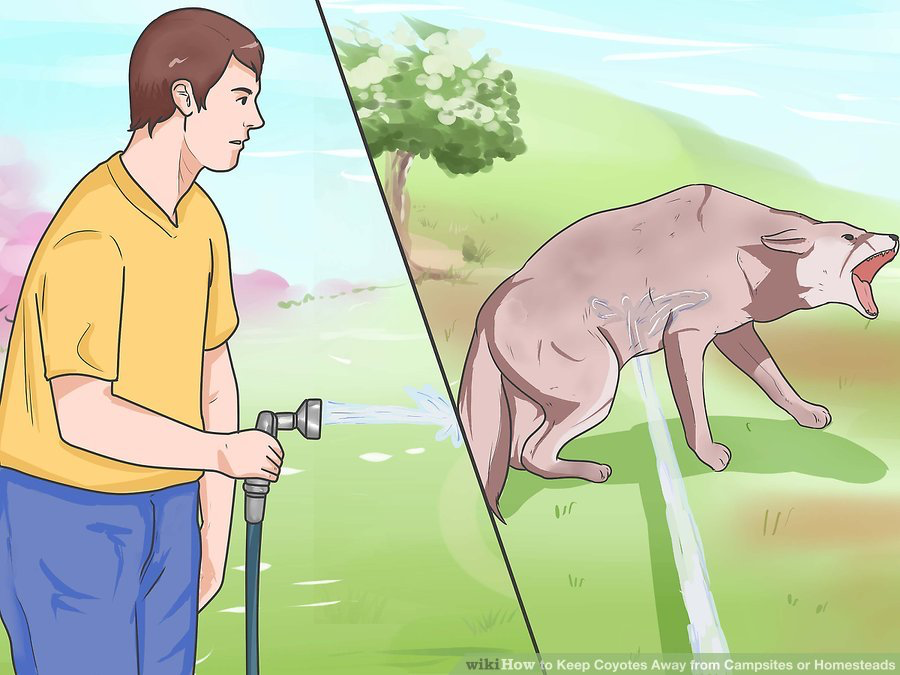 A little unknown secret is that you can attract new audiences with your stories.
A little unknown secret is that you can attract new audiences with your stories.
When you post a story, swipe up to get the features. Click Hashtag and add the relevant hashtag. This way it’ll show up in the Hashtag Story. This will be seen by people who are looking at the #goldendoodle hashtag story and if they see what they like, they’ll click to your profile.
There’s plenty more tricks and tips but here are a few solid actionable ones you can do every day to get the ball rolling.
Let me know if these work for you or if you have found any tips that have worked for you that I didn’t mention.
Like this:
Like Loading...
grow pet instagraminstagram engagementpet instagram growth
How to Get Your Dog Famous on Instagram
If you have a dog, you may be wondering how to have a successful dog Instagram. Beyond adding yet more cute animal photos to the internet (a laudable goal), you can earn money from your dog account via an influencer marketing model.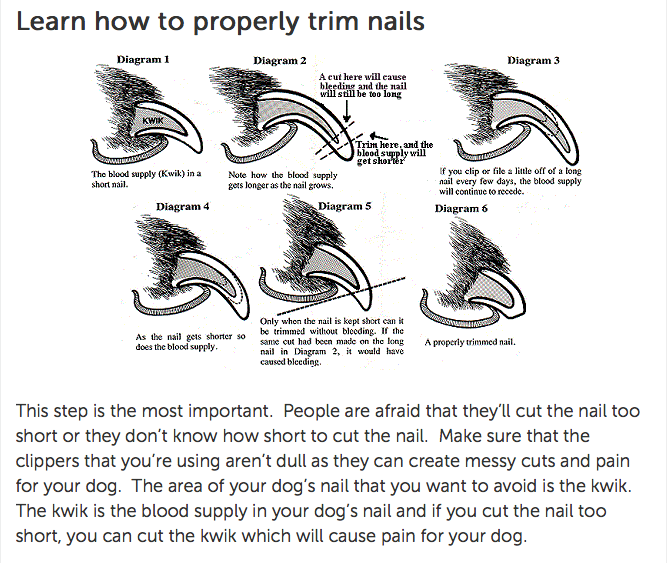 If you think your puppy has star potential or you just want the internet to appreciate your dog as much as you do, here are five tips to get your dog headed toward Instagram stardom.
If you think your puppy has star potential or you just want the internet to appreciate your dog as much as you do, here are five tips to get your dog headed toward Instagram stardom.
1. Decide What and How Often to Post
When you’re getting started on Instagram, you have to decide what to post and how often. Obviously, you want to post photos of your dog, but will your dog account have a polished look or a more casual vibe? Will you focus on posed images with props and outfits, or will you take candid shots of your dog just being a dog? There are no right or wrong answers here, but keep in mind that you may eventually face a choice between quality and quantity. Do you want to post more professional content less frequently or the opposite?
You don’t need to be a photography pro in order to have a successful dog Instagram: as long as you find some decent lighting and have a smartphone, you should be set to take Instagram-quality photos of your pup. There are some professional photographers who take quality pictures of their pets and spread them out over less frequent posting, but you may find that posting once a day works best for you.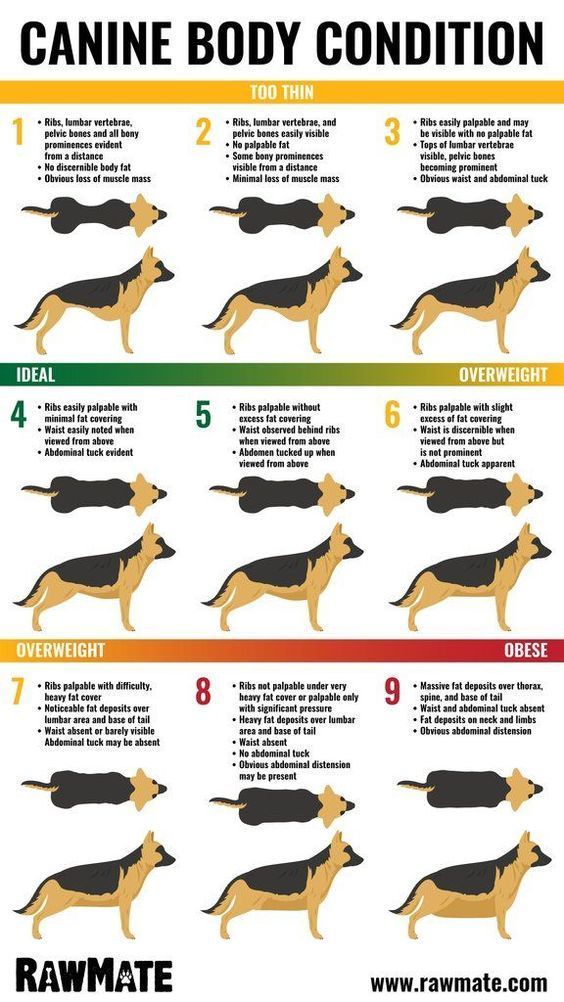
Here’s an example of a photographer-styled dog account that posts less frequently, but has a cohesive aesthetic and professional-quality photos in each post:
@wat.ki on Instagram
By contrast, here’s a less professional account with more frequent posting that still generates high engagement and a high following:
@garththegolden on Instagram
When it comes to deciding how often to post, remember that consistency is key. It’s more important to keep posting than to post every day, so if posting daily will cause you to burn out, aim for posting two to three times a week consistently instead.
2. Videos Are Even Better Than Photos
We all know video content is key to a great social media strategy, and taking videos is easier than ever when you have a smartphone in your pocket. Taking short-form video of your dog will really help to boost your reach and create content more likely to be reposted by other larger accounts, which in turn can drastically increase your following.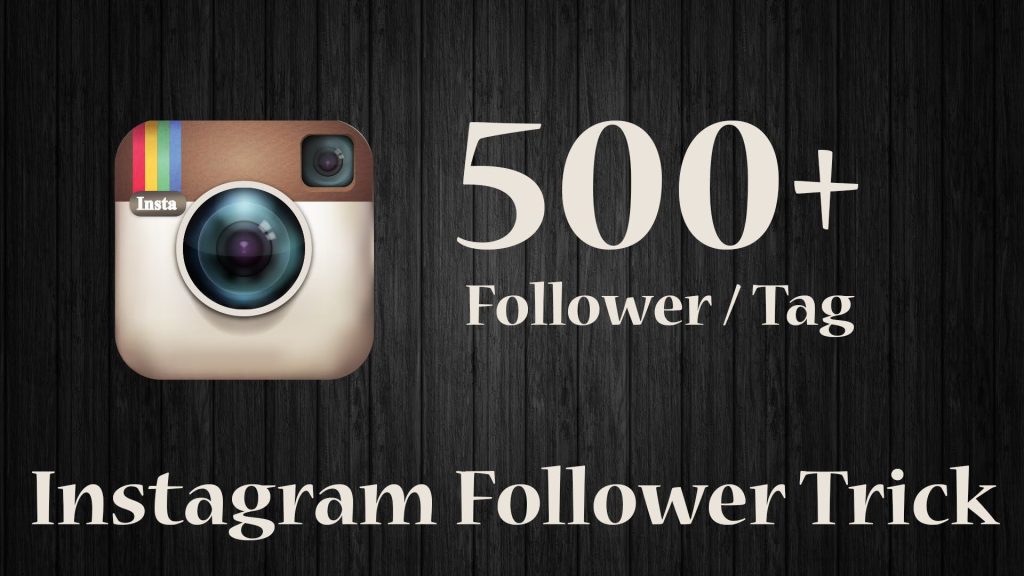 An Instagram account like Pupflix, which has over one million followers, pulls its favorite videos from submissions that tag it, and reposts them to its followers.
An Instagram account like Pupflix, which has over one million followers, pulls its favorite videos from submissions that tag it, and reposts them to its followers.
You don’t need a super high-production-quality video to spark engagement. If you’re trying to figure out how to have a successful dog Instagram with video, our best advice is just to capture your dogs being themselves. However, the Instagram algorithm may show a higher quality video to more users, so try not to post anything blurry, with poor resolution, or that you have just copied over from another platform such as TikTok. Also keep in mind when posting videos that many viewers watch without audio, so it is best to include on-screen text to make your point.
A relatively recent development on Instagram is that it favors video and in particular Reels, which are short vertical video clips that often include music. If you’re a regular Instagram user, you’ve probably noticed a lot more Reels in your feed. Take that as a hint and start making Reels with your dog to get them the attention they deserve.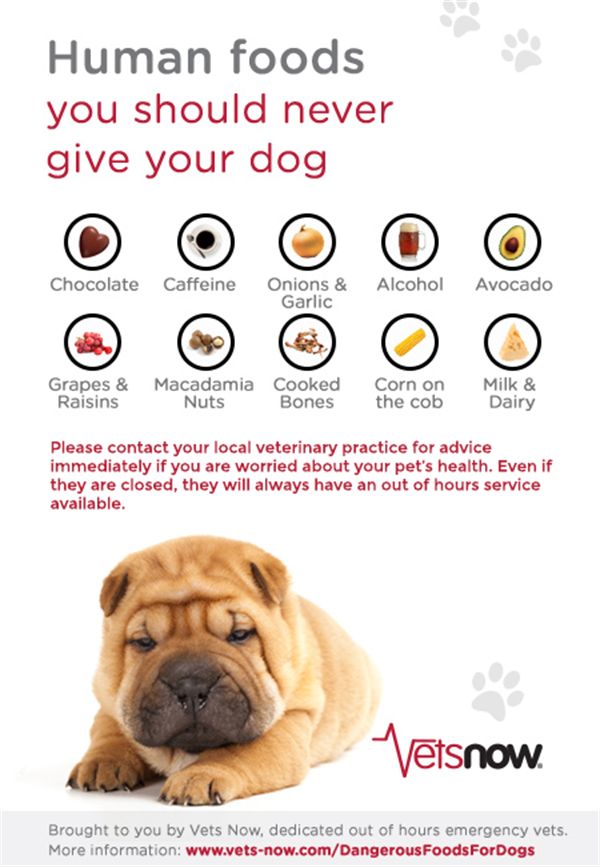
3. Focus on What Makes Your Dog Unique
Running an Instagram account for your dog can be a lot of fun (for you and your dog)! The people who engage with dog accounts are dog lovers, looking for humor and cuteness to brighten up their day. The popularity of cute dog photos also means that there are a lot of them on Instagram. The dog account Dogs of Instagram, which curates some of the best dog posts from around the platform, has over five million followers and over 7,000 posts. So how can your dog stand out from the crowd?
Think about what makes your dog happy and what makes your dog unique. Does your dog love wearing hats? Instagram followers will love that too! Maybe your dog has a quirky behavior, like sleeping cuddled up with a stuffed animal. Post those pics!
A beautiful thing about an Instagram dog account is that it can encourage people to rescue from a shelter instead of purchasing a dog, and even to adopt a dog that they might not have considered in the past, such as a dog with special needs or a senior dog.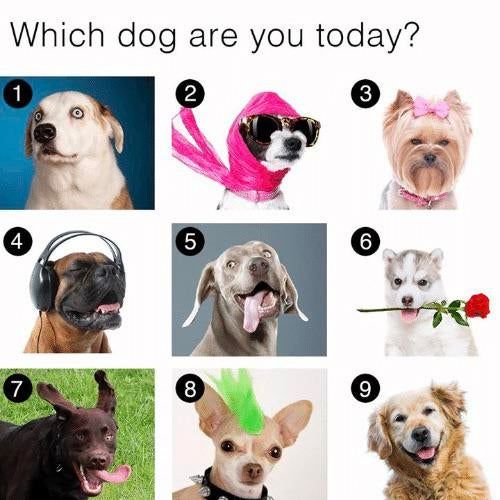 If your dog has a great rescue story, make sure to share that! Dogs with visual impairments, amputations, or a lot of dog years behind them have found success on Instagram while bringing awareness to the needs of dogs like them. You can also use your dog account to provide useful information to the community, such as educating the public about service dogs or how to be a good dog parent.
If your dog has a great rescue story, make sure to share that! Dogs with visual impairments, amputations, or a lot of dog years behind them have found success on Instagram while bringing awareness to the needs of dogs like them. You can also use your dog account to provide useful information to the community, such as educating the public about service dogs or how to be a good dog parent.
However, while you might be taking your dog account management seriously, don’t be too serious with your content. Try tactics such as doggo speak, trending memes, or challenges (like the #unflatteringdogphotochallenge that took over many Instagram feeds in 2020). Some popular accounts even speak from the perspective of their dog.
Throughout any social media campaign, our social media team works to tailor content toward what the target audience is likely to engage with or what is likely to resonate with them. Do the same for your dog’s audience. If you find people are engaging more with silly videos than staged photos, it might be time to pivot your strategy.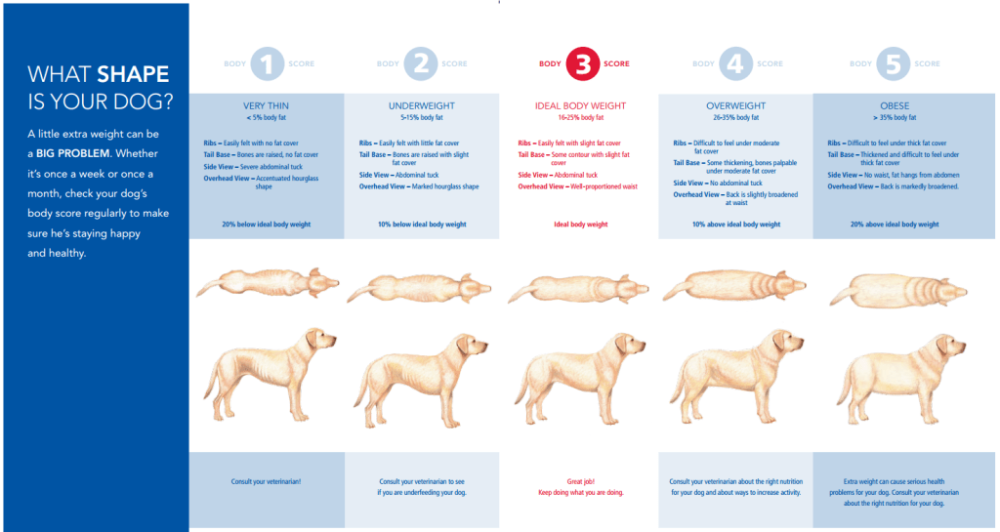 Flexibility based on data is an important key to how to have a successful dog Instagram.
Flexibility based on data is an important key to how to have a successful dog Instagram.
4. Take Your Hashtags Seriously
Any Instagram strategy needs a strong hashtag strategy to be successful. While Facebook content typically needs paid promotion nowadays to gain engagement, Instagram content can still gain traction organically. However, your dog account will perform best when strategic hashtags relevant to each post are used.
Research hashtags specific to your dog’s breed or the unique traits and habits discussed above to find audiences that are already likely to engage with your dog. The hashtag #pugsofinstagram, for example, has over 12 million submissions, and some photos within that hashtag are receiving thousands of likes.
Don’t worry if you don’t know your dog’s exact breed or history: there are great hashtags, such as #muttsofinstagram and #rescuedog, which have millions of submissions and receive great engagement as well. You can also use hashtags to insert your dog into the conversation around holidays like Halloween or even animal-specific holidays like National Dog Day. Don’t forget to celebrate your dog’s birthday and adoption anniversary or #gotchaday as well!
Don’t forget to celebrate your dog’s birthday and adoption anniversary or #gotchaday as well!
Have fun, but go in with a plan. Do your hashtag research before you start posting. Try out different tactics and use your Insights to see what performs best.
5. Balance Your Content Between Entertaining and Promotional: Use The 80/20 Rule
Once you reach a certain follower threshold, you should start to get more attention, particularly for sponsored posts and partnerships. When done correctly, this type of content can be a great way to connect with your followers by sharing products and brands you care about that will help improve the lives of your followers’ pets as well. If done wrong, however, it can drive your follower base away.
At Online Optimism, a digital marketing agency with offices in DC, Atlanta, and New Orleans, we like to preach the 80/20 rule for all of our clients’ social media accounts. Ideally, 80% of your content should be fun and engaging, while 20% of your content is more promotional and focused on sales or leads.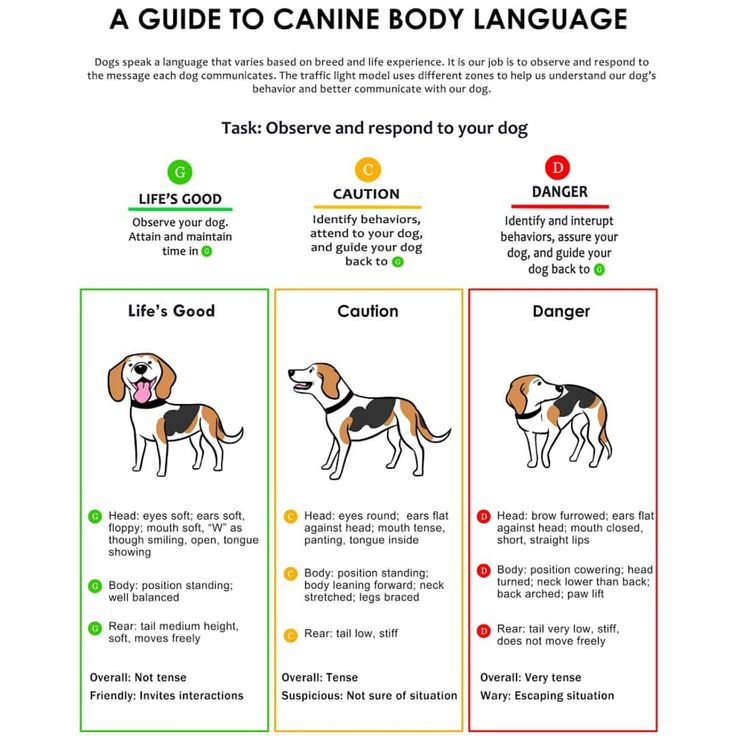
In order to maintain a successful dog Instagram while introducing promotional content, the 80/20 rule works great for pet accounts as well. Make sure the majority of the content you share is fun and engaging while only a small amount is promotional to keep your audience following along for the long haul. Even better, make your promotional content so much fun that your audience hardly notices it’s promotional!
Still Wondering How to Have a Successful Dog Instagram? Whether for Dogs or Businesses, Online Optimism Knows Instagram Marketing!
At Online Optimism, not only are we obsessed with dogs, we’re obsessed with strategic social media marketing that drives results. Learn more about how Instagram marketing with Online Optimism can grow your business today and read more of our social media advice.
initial training course from a cynologist!
Basic commands for an obedient dog
Basic lessons to ensure the safety of the dog and the peace of others: "Come", "Next", "Fu", "Place", "Sit", "Lie down", "Give" . Further wisdom is up to you, the dog's intelligence allows you to master many things. But the basic commands must be carried out unquestioningly and in any situation.
Further wisdom is up to you, the dog's intelligence allows you to master many things. But the basic commands must be carried out unquestioningly and in any situation.
| Team | ||
| place | EXTRESS, restriction of the dog’s movements | COMPARIS A guests, couriers to house |
|
| ||
| Not allowed | Cessation of unwanted action | Daily use (do not approach something, sniff, etc.) |
| Fu | Emergency (dog grabs something in the street) |
Command generation
There are several methods for generating commands. Basic: conflict-free and mechanical.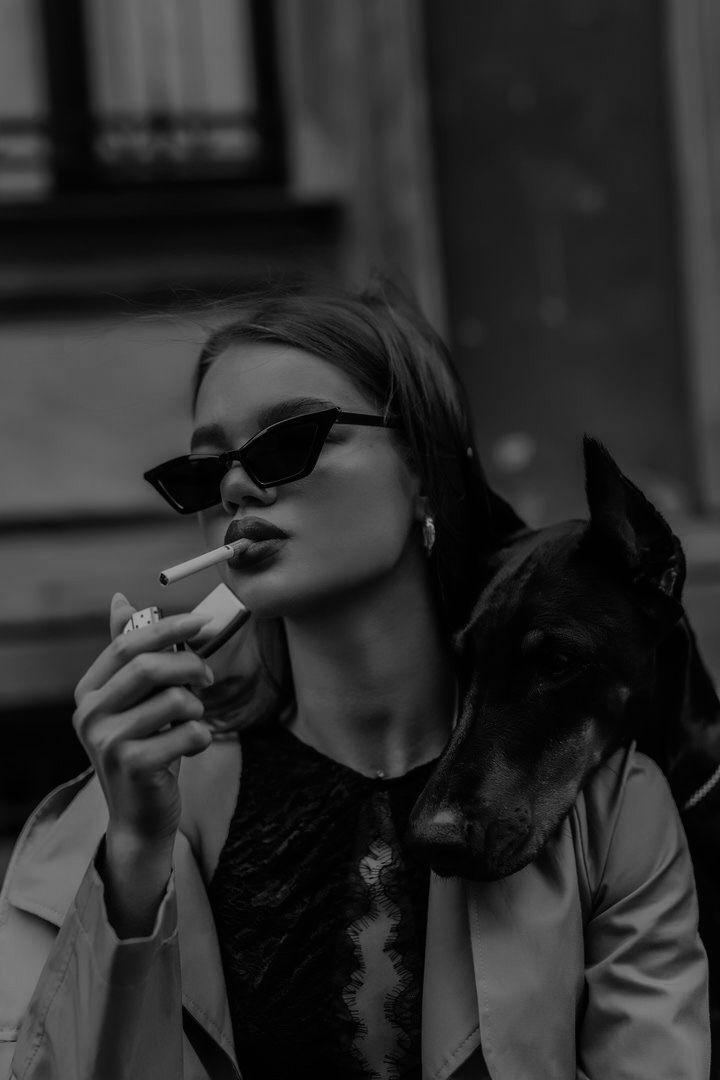 Each of them has the right to exist, but it is best to combine them correctly.
Each of them has the right to exist, but it is best to combine them correctly.
Sit Command
Conflict-Free Method
1. Take a handful of treats, offer a piece to the dog. She will realize that something great is waiting for her ahead.
2. Say the dog's name, say "Sit", bring the treat to your nose and move it slowly up and back behind the dog's head. The hand should move near the head.
3. Following your hand and treat with its nose, the dog will lift its muzzle and sit down. No magic, pure science: Anatomically, a dog cannot look up while standing.
4. As soon as the dog's food touches the ground, immediately praise it and treat it immediately.
5. If it doesn't work the first time, don't worry. Even slight flexion of the hind legs should be rewarded.
Reward exactly at the moment of squatting or bending the legs, and not when the dog gets up again - otherwise the wrong actions will be rewarded!
6.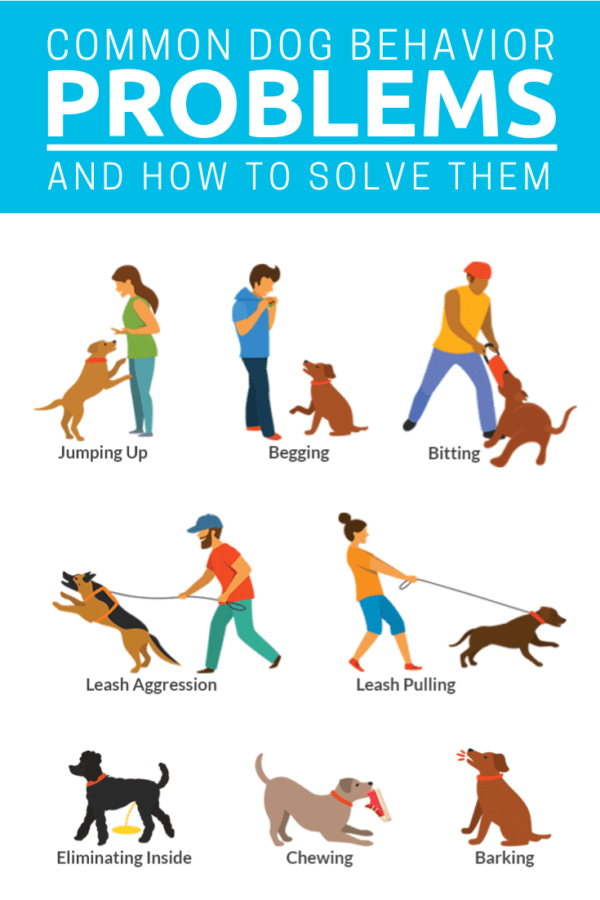 If the dog rears up on its hind legs, the treat is too high. Steps back - do the exercise in the corner or use the helper's legs as a "wall".
If the dog rears up on its hind legs, the treat is too high. Steps back - do the exercise in the corner or use the helper's legs as a "wall".
Swapping the bait with a gesture
-
Stock up on treats, but this time keep the treats in your pocket. Feed your dog one bite.
-
Call the dog by name, say "Sit", put your hand (no treat!) to the dog's nose in the same way as before.
-
Most likely the dog will sit down following the hand. Praise and treat immediately.
-
Enter gesture. Give the “Sit” command while simultaneously raising your arm, bent at the elbow, palm forward, to shoulder level with a quick wave. As soon as the dog sits, immediately praise and treat him.
Mechanical method
- The dog must be on your left. Keep her on a short leash. Turn around, command "Sit". At the same time, pull the leash up and back with your right hand, and with your left, gently press on the croup.
 The dog will sit. Feed her. If the dog tries to get up, repeat the command, gently press on the croup. When she sits down, treat her.
The dog will sit. Feed her. If the dog tries to get up, repeat the command, gently press on the croup. When she sits down, treat her. - Make the exercise harder. Having given the command, slowly begin to step aside. If the dog tries to change position, repeat the command.
Down command
Conflict-free method
- Call the dog, ask to sit, reward.
- Let sniff one more bite, say "Lie down", lower the yummy to the ground, between the front paws. Do not let the dog grab it, cover it with your fingers.
- As soon as the dog lowers its head, slowly push the piece back and it will lie down. Praise, treat.
- If it doesn't work the first time, praise your dog for even the slightest attempt. It is important to capture the exact moment.
- If you don't have time and the dog tries to get up, remove the treat and start over.
- As soon as the dog learns to follow the command for a treat, replace the bait with a gesture.
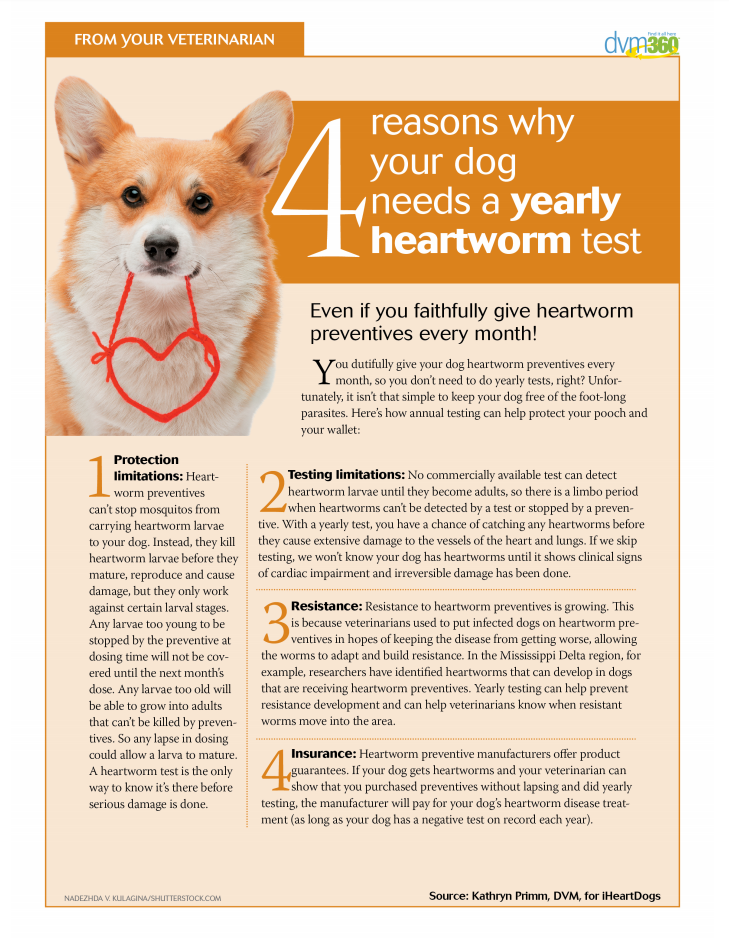
Most likely, at first, the dog will try to get up, not lie down. Don't scold her, she just doesn't understand what you want yet. Just start over and repeat the exercise until the dog gets it right.
Change lure with gesture
- Say “Sit”, treat.
- Hide the treat in your other hand. Command "Down" and lower your hand WITHOUT TREATS down, as you did before
- As soon as the dog lies down, praise him and treat him.
- After repeating the exercise several times, enter the gesture command. Say "Lie down" and at the same time raise and lower the arm bent at the elbow, palm down, to the level of the belt. As soon as the dog lies down, praise and treat.
Mechanical method
-
The dog sits to your left, on a leash. Turn towards her, get down on your right knee, say the command, gently press on the withers with your left hand, gently pull the leash forward and down with your right.
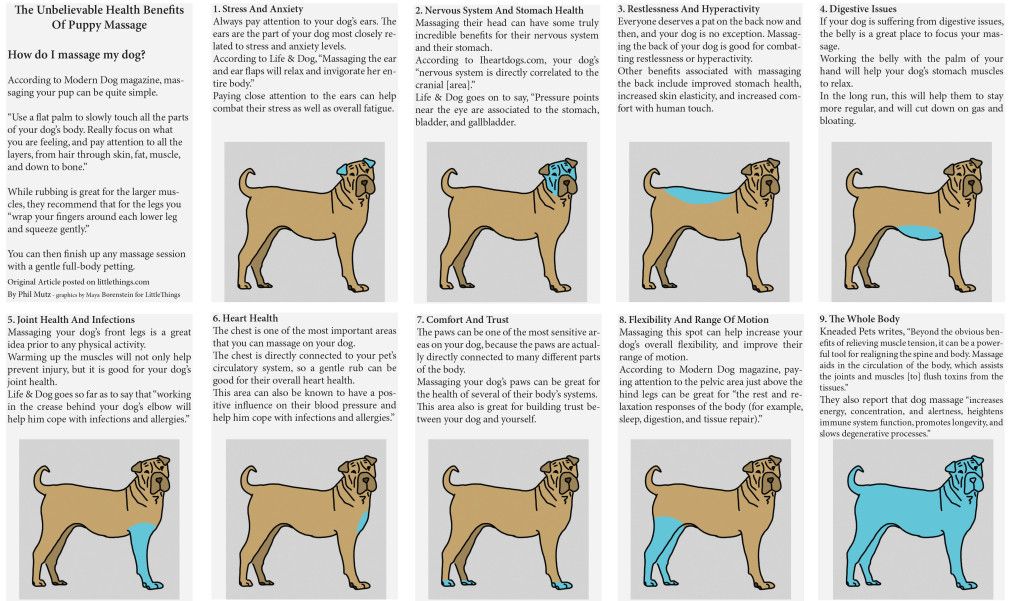 You can lightly run your right hand over the front legs of the dog. Hold briefly in a prone position, holding with your hand and rewarding with praise and a treat.
You can lightly run your right hand over the front legs of the dog. Hold briefly in a prone position, holding with your hand and rewarding with praise and a treat. -
Once the dog has learned to lie down on command, practice restraint. Give the command, and when the dog lies down, slowly move away. If the dog tries to get up, say "Down" and lay down again. Reward each execution of the command.
Near command
Conflict-free method
The near command is quite difficult, but easier to master if you use the natural need of the dog. For example, food. When the dog has the opportunity to "earn" something especially tasty.
-
Take a tasty treat in your left hand and, having commanded “Next”, with a movement of your hand with a treat, offer to take the desired position.
-
If the dog stands at the left foot, praise and treat it.
-
When the dog understands what is required of him, treat him after a short exposure.
 Subsequently, the exposure time is increased.
Subsequently, the exposure time is increased. -
Now you can move to a straight line at an average pace. Hold the treat in your left hand and use it to guide the dog. Give out treats from time to time. If necessary, lightly hold or pull the dog on the leash.
-
Gradually reduce the number of "top dressings", increase the intervals between them.
Mechanical method
-
Take the dog on a short leash. Hold the leash with your left hand (as close to the collar as possible), the free part of the leash should be in your right hand. The dog stands at the left leg.
-
Say "Near" and move forward, allowing the dog to make mistakes. As soon as she overtook you, pull her leash back - to your left leg. Stroke with your left hand, treat, praise. If the dog lags behind or moves to the side, also correct it with a leash.
-
Check how well the command is learned. If the dog veers off course, say "Near.
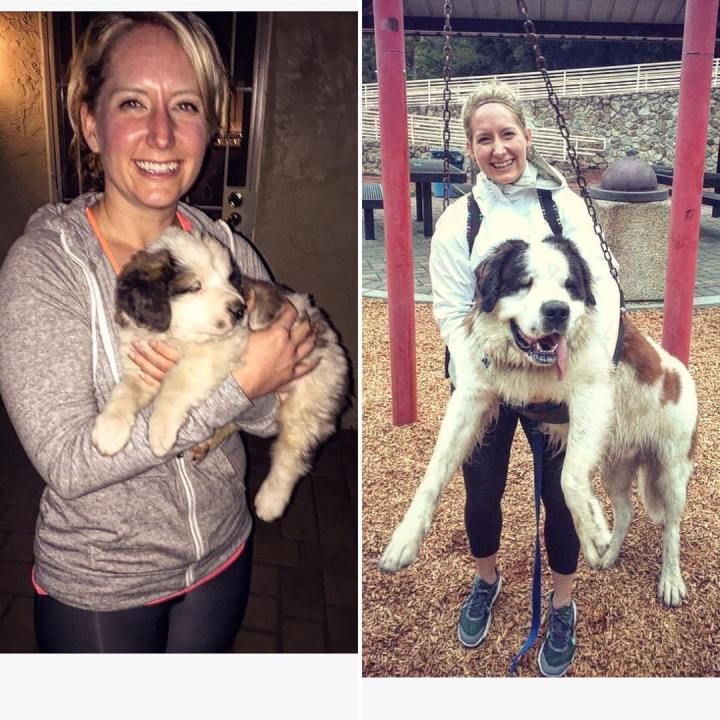 " If the dog returned to the desired position, the command was learned.
" If the dog returned to the desired position, the command was learned. -
Make the exercise more challenging by commanding “Near” on corners while accelerating and decelerating.
-
Then the hold is practiced without a lead.
"Place" command
- Lay down the dog, place any object (preferably with a large surface) in front of its front paws, pat it, put a treat on it and say "Place" at the same time. This will draw the dog's attention to the subject.
- Give the command in a slightly stricter voice, move away from the dog.
- Return to the dog from time to time and treat him. In the beginning, the intervals should be very short - before the dog decides to rise.
- Gradually increase the time. If the dog gets up, it is returned to its place.
“Come” command
Conflict-free method
-
Call the puppy (first at home, then outside – starting from the fenced area) using the nickname and the “Come to me” command.

-
After the approach, praise the dog, give it a treat.
-
Do not let the dog go right away, keep it near you for a while.
-
Let the dog go for a walk again.
After the command “Come to me”, you can not punish the dog or take it on a leash and take it home every time. So you teach the dog only that this command portends trouble. The command "Come to me" should be associated with positive.
Mechanical method
-
When the dog is on a long leash, release it for some distance and, calling by name, command "Come to me". Show a treat. When the dog approaches, treat.
-
If your dog is distracted, pull him up with a leash. If it approaches sluggishly, you can pretend that you are running away.
-
Make things difficult. For example, call the dog during the game.
-
Associate the command with the gesture: the right arm, extended to the side at shoulder level, quickly lowers to the hip.
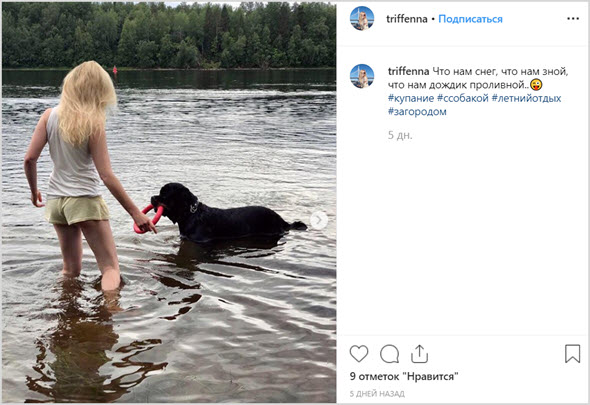
-
The command is learned when the dog comes to you and sits at your left leg.
Do's and Don'ts
As a rule, dogs love to explore the world around them, and this is not always safe. In addition, it is necessary to explain to the pet the “rules of the hostel”. In this case, you can not do without prohibiting commands.
If you caught a puppy at the very moment of committing a "crime", you must:
-
Approach him unnoticed.
-
Firmly and sharply pronounce "Fu!"
-
Gently pat the withers or slap lightly with a rolled-up newspaper to stop the unwanted action.
Perhaps the puppy will not understand what caused your displeasure from the first time, and may be offended. Do not curry favor with your pet, but after a while offer him a game or a walk.
Do not repeat "Fu" many times! It is enough to pronounce the command once, firmly and strictly. However, severity is not synonymous with cruelty. The puppy should just understand that you are unhappy. He is not a hardened criminal and was not going to ruin your life, he just got bored.
However, severity is not synonymous with cruelty. The puppy should just understand that you are unhappy. He is not a hardened criminal and was not going to ruin your life, he just got bored.
Inhibiting commands are usually learned quickly. They are considered learned when the dog unquestioningly performs them the first time.
Sometimes it is necessary to teach the "Fu" command to an adult dog. Sometimes it's even simpler: adult dogs are smarter and better able to draw an analogy between misconduct and consequences. But the main rule is unchanged: you can scold a pet only at the moment of misconduct.
As a rule, two or three times are enough for the dog to catch on. Sometimes, in response to the prohibition, the dog looks at you questioningly: are you sure that this is really impossible?
General principles of training
- sequence
- systematic
- transition from simple to complex
It is better to start learning the command in a quiet, calm place, where there are no extraneous stimuli.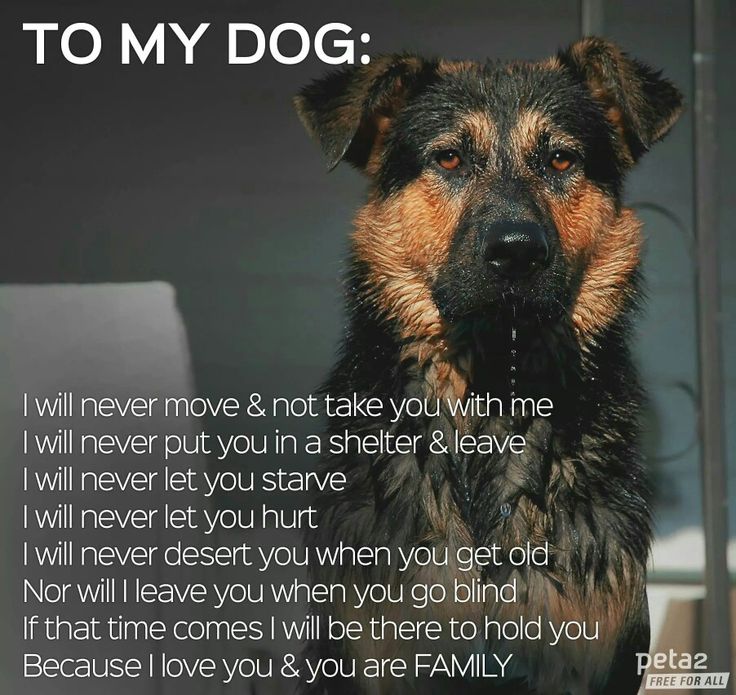 Consolidation of skills takes place already in a complicated environment: in new places, in the presence of other people and dogs, etc.
Consolidation of skills takes place already in a complicated environment: in new places, in the presence of other people and dogs, etc.
The best time for training is in the morning before feeding or 2 hours after feeding.
Do not overwork your dog. Alternate classes for 10 - 15 minutes with rest and practice several times a day. Change the order of commands. Otherwise, the dog will “guess” the next command and execute it without your request, automatically. Learned commands should be periodically refreshed in the dog's memory.
Every breed needs to feel loved and needed. But at the same time, he must not be allowed to climb up the hierarchical ladder - and he will try! Any manifestation of aggression must be met with discontent on your part!
General principles of dog punishment
-
Consistency — what is forbidden is always forbidden.
-
Moderation - no aggression towards the dog, according to the size of the pet.
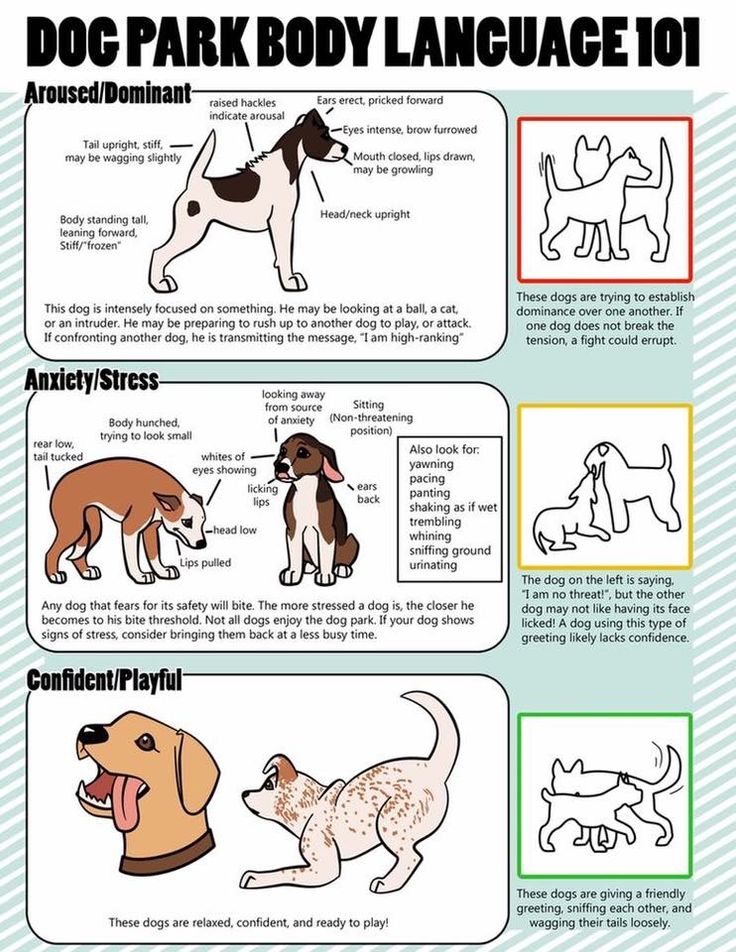
-
Urgency - immediately at the moment of misconduct in a minute the dog will not understand.
-
Intelligence - the dog must understand what he did wrong. It is impossible to punish, for example, for the fact that the dog looked in the wrong direction.
The main mistakes of a novice trainer
- Lethargy, indecision, uncertain commands, monotony, lack of perseverance.
- Non-stop uttering the command (sit-sit-sit) if the dog did not comply with the first word.
- Change of command, addition of extra words.
- Too frequent use of the “Fu” and “No” commands, supported by a strong influence, it frightens the dog, makes it nervous.
- Punishment of the dog or other unpleasant actions after the command "Come to me". This team should be associated exclusively with positive events.
How to make your Instagram pet successful? WikiPet.ru's 8 Rules for Success
Animal photos are undeniably as popular on Instagram right now as food, fashion, sports, and travel.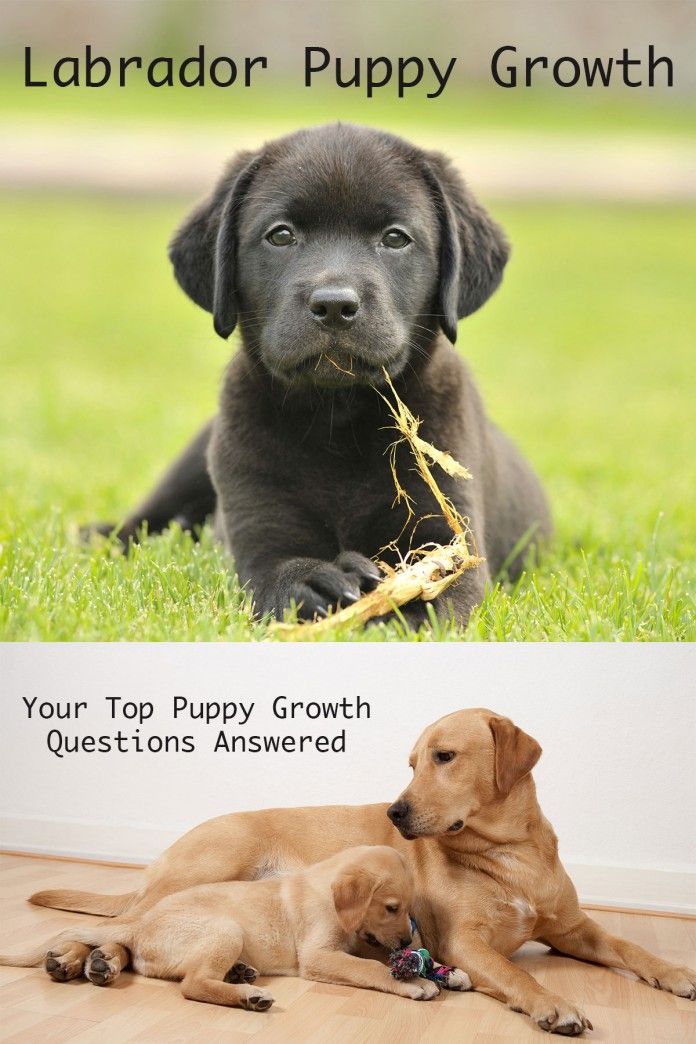 Pet accounts now have thousands and hundreds of thousands of followers. Millions of people are scrolling through their feeds looking for videos and photos of touching animals to satisfy their craving for cuteness.
Pet accounts now have thousands and hundreds of thousands of followers. Millions of people are scrolling through their feeds looking for videos and photos of touching animals to satisfy their craving for cuteness.
Therefore, if you are a happy owner of a furry pet and want to share moments of life with your four-legged friend with the world, our advice is for you.
1. Tell the story
Introduce your pet's story to your guests and future subscribers. How did you get the animal, was it adopted from a shelter, or is it a rare breed. Maybe your pet has an interesting fate or there are some features, unusual abilities, oddities of character. What makes it different from others? Tell us about it in one sentence, because that's how much fits in the Instagram profile header. Master storytelling as the most important tool for engaging your audience. This skill will be very useful for witty captions under posts.
2.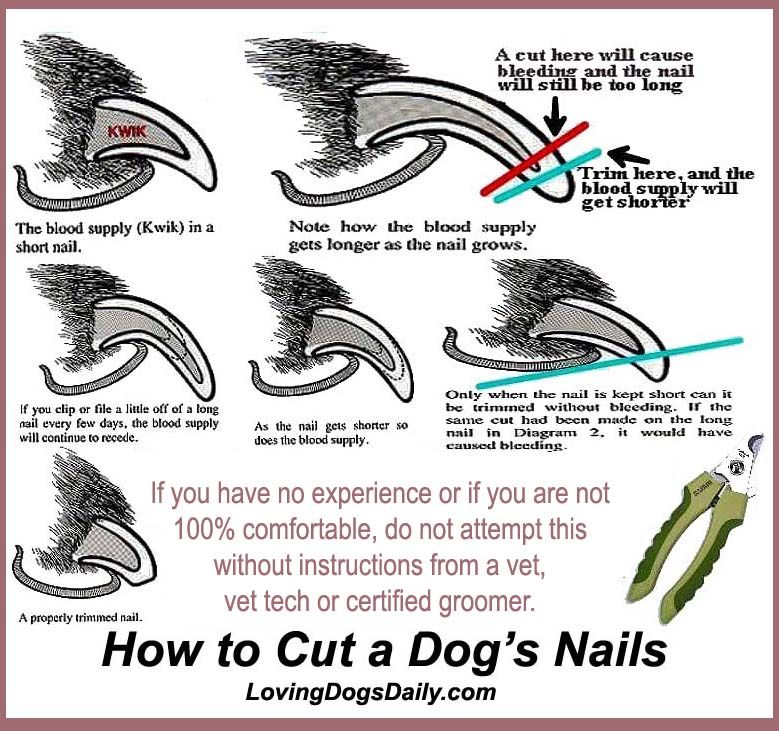 Post those only high-quality photos
Post those only high-quality photos
If you have already created an account and shared your pet's story, it's time to fill your page with photos. Now Instagram has entered the era of quality content. People love clean, beautiful, bright feeds, so we strongly recommend that you honestly evaluate the quality of your photos so that only the best ones get into the feed. Photos must be original, clean and aesthetically pleasing. Try to take photos in natural light, look for a beautiful background that is not overloaded with unnecessary details, use special programs for processing photos before posting them, the best of the free ones: Snapseed, VSCO, PicsArt. Try to take mostly horizontal shots (this applies to both photos and videos)
Photo:andrewknapp
3. Maintain a consistent style
A consistent feed is another important tool for achieving popularity. Try different filters, photo placement/sequencing principles.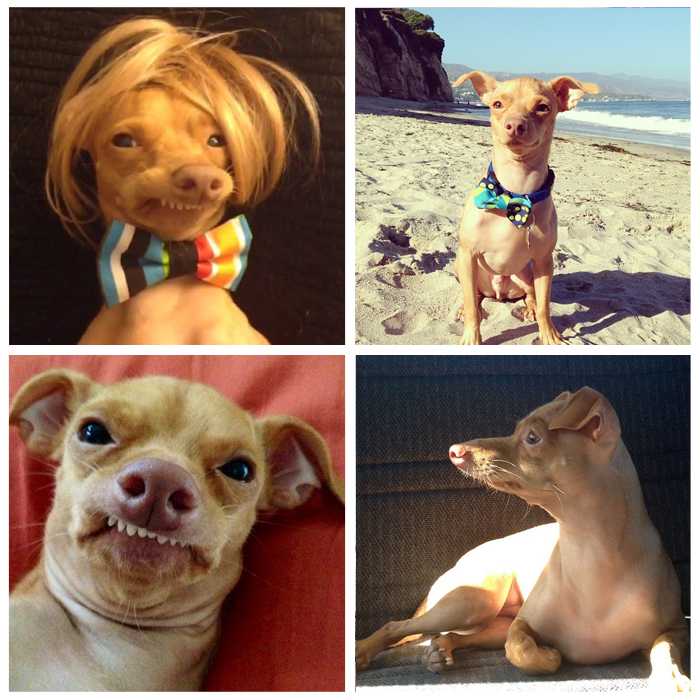 Be inspired by other accounts of your subject, but do not try to repeat them exactly. The same style cannot suit everyone. We advise you to think about the character of your pet, evaluate its color and other external features in order to determine the brightness, color scheme, heat balance, etc. that is right for you. for settings when processing photos. It may take you a lot of time, but this is a necessary condition for creating a truly high-quality account, with a large number of subscribers.
Be inspired by other accounts of your subject, but do not try to repeat them exactly. The same style cannot suit everyone. We advise you to think about the character of your pet, evaluate its color and other external features in order to determine the brightness, color scheme, heat balance, etc. that is right for you. for settings when processing photos. It may take you a lot of time, but this is a necessary condition for creating a truly high-quality account, with a large number of subscribers.
Photo: thiswildidea
subscribers. Do your own research. Which tags are most relevant to your pet? This will help you attract new audiences and get into established communities. Use both very popular tags, such as #photocats, and tags with a narrower audience of #rooftop cat. Try to include tags in English, and also come up with your own tags with which you will sign each photo, which will make it easy to find you. But be careful! It’s also not worth overloading the post with tags, the Instagram robot doesn’t like this.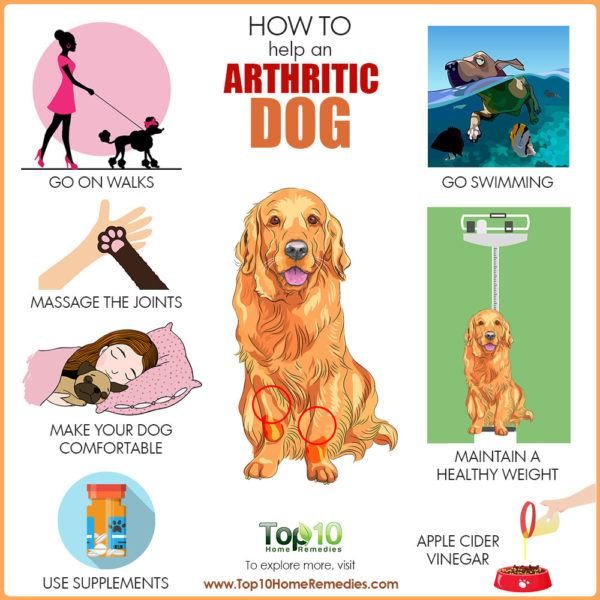 The stagram.com service will help you
The stagram.com service will help you
5. Keep in touch with your audience
To maintain a constant high level of engagement, you need to post at least once a day, and preferably two - in the morning and in the evening. The best time to post photos is up to you to figure out on your own. Usually, it is morning and early evening. Don't forget to also like and comment on the posts of your followers and those you follow. Instagram is a social network, so to be popular on it, you just need to be socially active. Pay attention to spelling and punctuation, be polite and friendly.
6. Get inspired and fantasize
No matter how cute, touching and funny your pet is, the same pose in the same location or very similar shots quickly become boring. Look around. Maybe on your usual walking route you come across interesting places: beautiful walls, cozy courtyards or a “dog friendly” cafe where you can take photos that have not yet been included in your photo stream.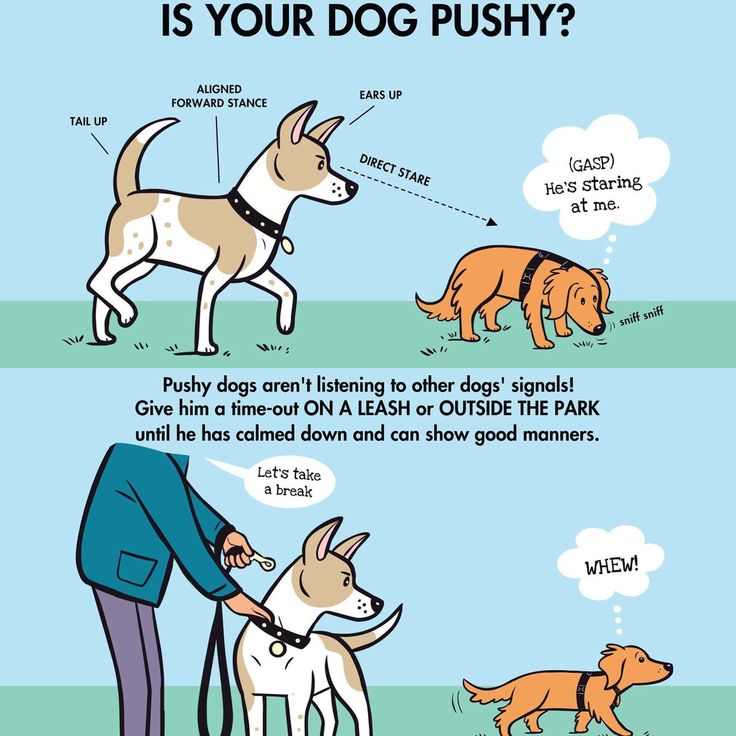 Or maybe your furry friend knows how to ride a skateboard or likes to dress up? This can also be an occasion for beautiful shots.
Or maybe your furry friend knows how to ride a skateboard or likes to dress up? This can also be an occasion for beautiful shots.
Collect props that look good on photos and create a separate Pinterest board to post ideas that inspire your creativity.
Photo:itsdougthepug
7. Plan
Observing your pet, taking pictures and editing, and keeping in touch with your audience can take a lot of time. In addition, you are unlikely to want to give up your usual activities for the sake of an extra hour on Instagram. Therefore, we strongly advise you to install a special scheduler application on your phone, which will allow you to upload and caption several photos at once, in order to guarantee you regular posts with the desired frequency without your participation.
Application in the Apple Store
8. Have fun with the process!
The biggest plus in your decision to keep your pet account is the fact that you will spend more time together! To catch interesting moments, emotions and manifestations of an animal, you will need to observe it more from afar or involve it in the game more often, and this will invariably bring joy to both.